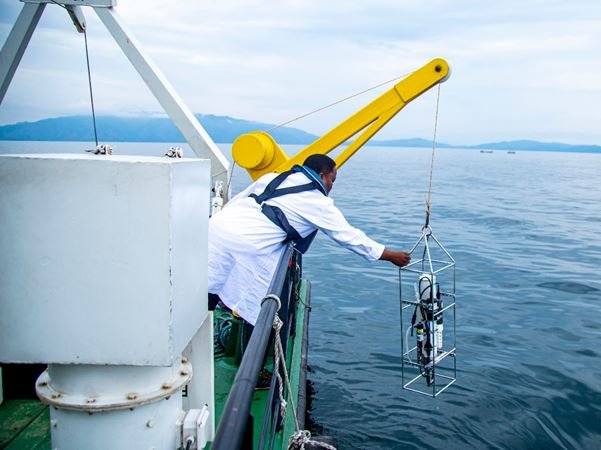She went through school afraid of making a ‘wrong career choice’ in a science-related field. When she started her secondary education, however, her parents motivated her to venture into science.
“Science was not my preferred subject but I followed my parents’ advice and chose to study biology and chemistry even up to university level, chemistry being my best subject,” says Tuyisenge, who is currently studying for her PhD in aquatic ecosystems at IHE Delft Institute for Water Education, the Netherlands.
“Nature is beautiful and we humans highly depend on the ecosystem services from aquatic ecosystems. We use water bodies for recreation, transport, and fishing. Currently, macro-projects including aquaculture grow on these important ecosystems.
” Her research is examining the implications of cage aquaculture for the limnology and health of Lake Kivu, in Rwanda.
Cage aquaculture technology, popularly called ‘Kareremba’, involves stocking and feeding fish, mainly tilapia, in floating cages of various sizes until they are ready for harvesting.

